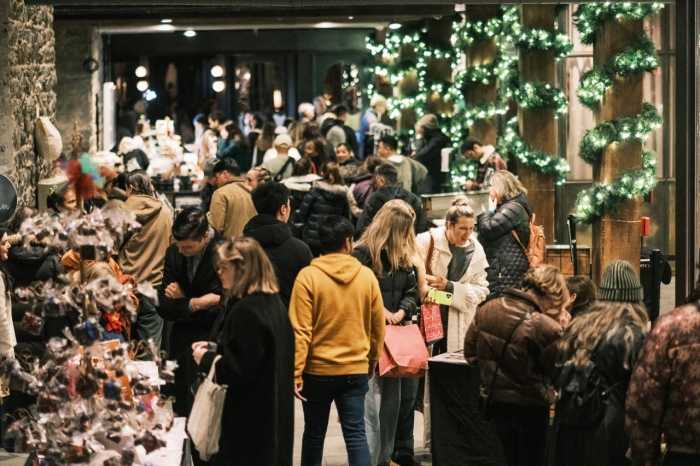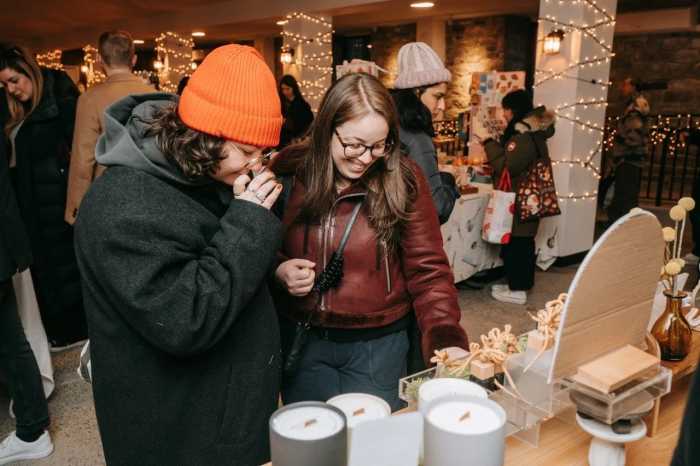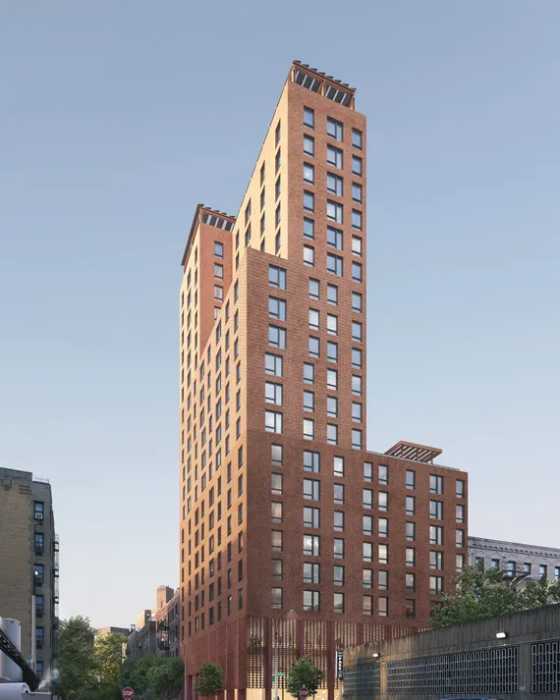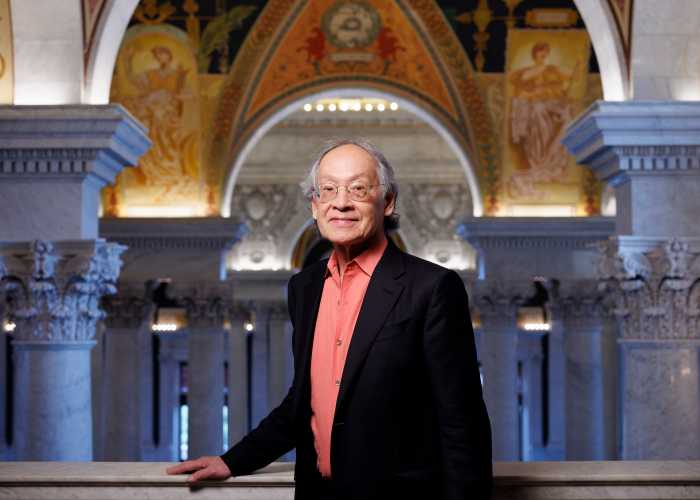If one were to take the art of Charisse Weston at face value, there would be plenty to deal with.
Her sculptures are made of a variety of materials that include, in one piece, an inkjet print on canvas, 220 grit silicone carbide, shattered glass, slumped Mirropane, Solarcool breeze surveillance glass, shattered tempered glass, metal end cap, epoxy, ink and acrylic paint. The glass is sometimes folded in a kiln and combined with the other materials in a way that demands attention (and, it should be noted, a certain caution when examining the fragile results).
The sculptures have, as art advisor and collector Angelica Semmelbauer observes, “a primal monumentality and vulnerability all at once. Like seeing a scarf caught in the wind, but tactile with a rigid geometry that also flows.”
But at heart, Weston is a conceptual artist, and each piece has a backstory that is not immediately apparent, although the titles, such as “words beneath the surface misprint the dream I no longer remember,” do point towards some hidden meaning.

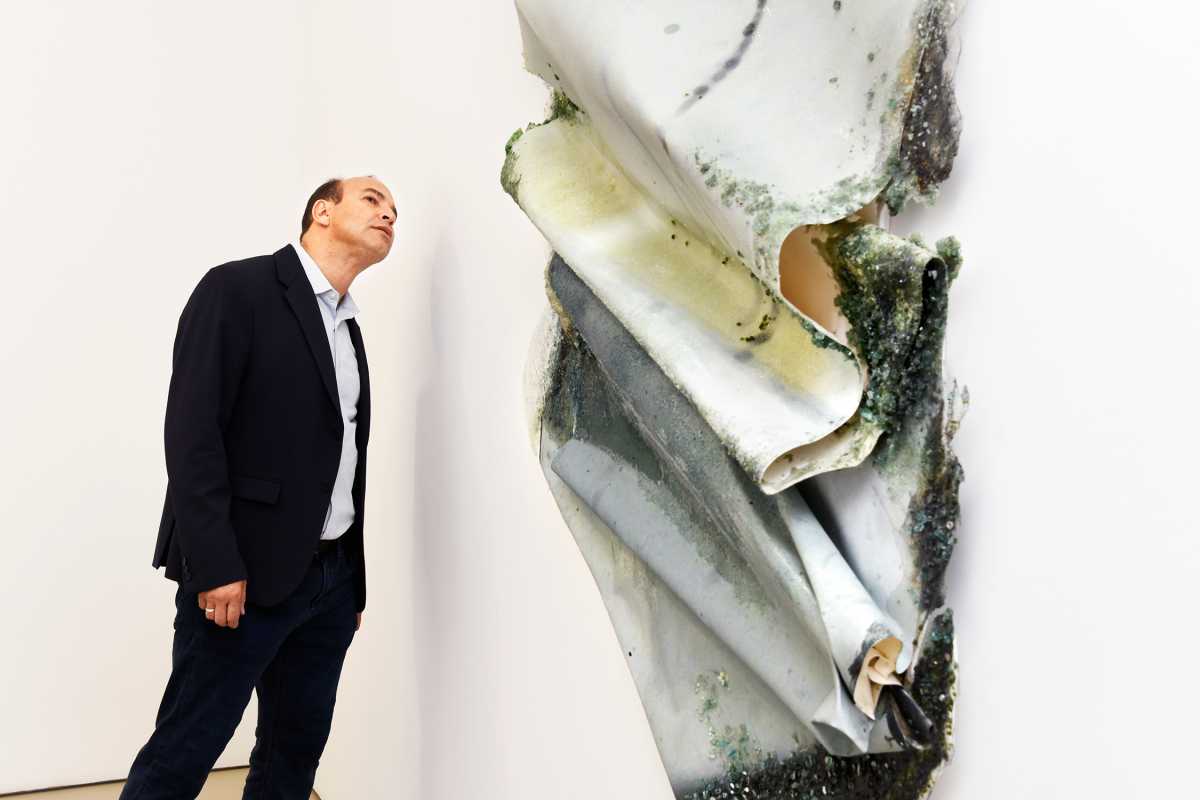
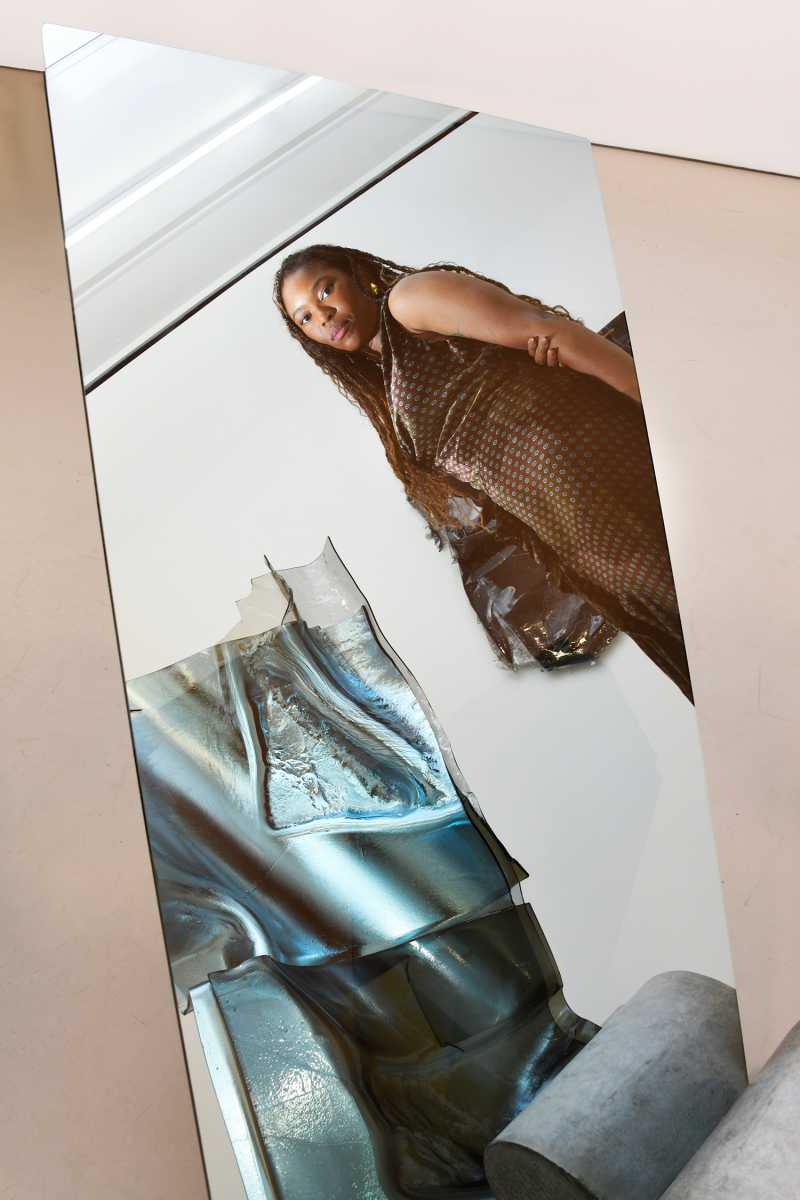
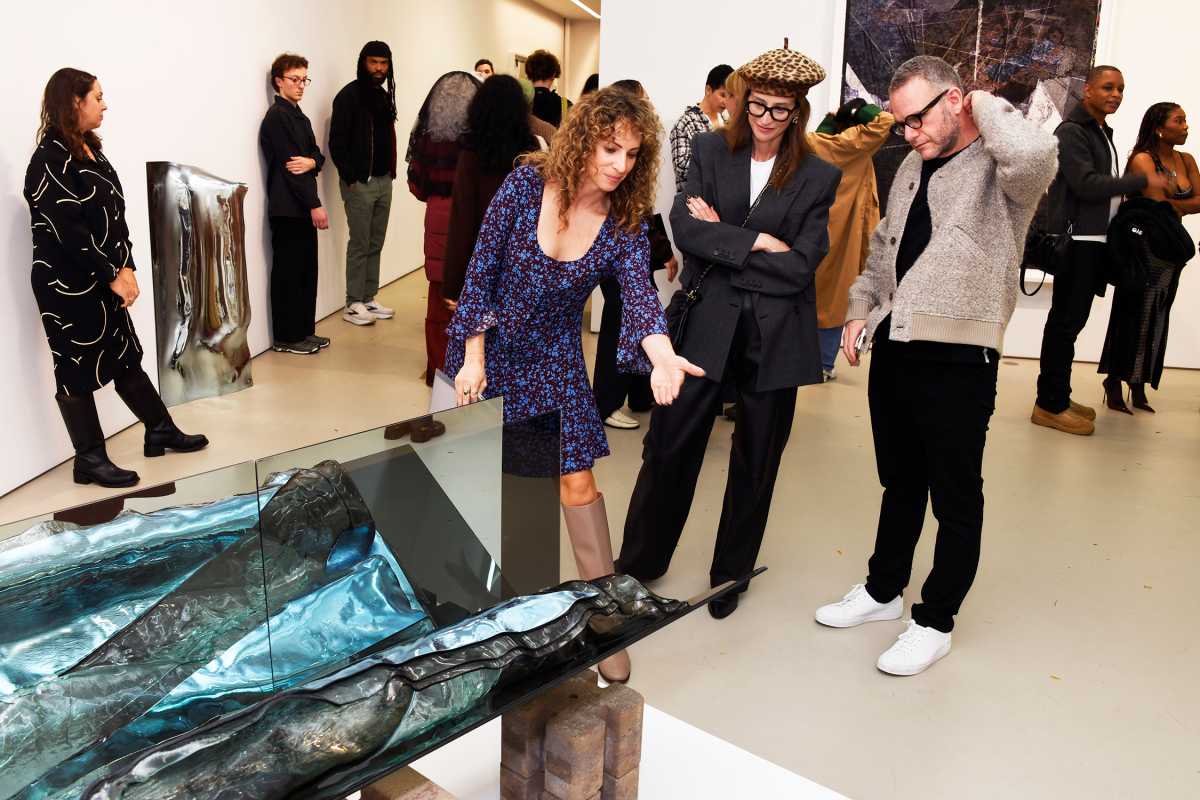
“All the work starts out as research,” Weston explains. “It gives me a foundation. I’m interested in language and the way it reinforces certain systems of oppression. For one piece, I started doing research on Black protest and the way it has been portrayed in the media. I went back to the Watts riots in LA and moved into the present. I used an image of Watts from Life magazine and an image from the Capitol riots, which you are looking at through broken glass. There is text embedded throughout the piece that moves in and out of legibility.”
“The most time-consuming part of each piece is the research”, she notes. “But it’s always about the present. I use the work to cope with the world we are living in.”
Weston began as a painter, but left that behind in grad school. “I started out as a painter, and luckily all those paintings are gone and no one will ever see them,” she laughs.
Although glass is a large part of her work, she says, “I don’t consider myself a glass artist. All of my work has a conceptual base. Layering the glass imparted different symbolic registers of risk, of fragility, of violence. I was interested in those aspects in relation to the things that I was thinking about at the time, which was essentially the ever-present violence towards Black life.”
“As I started working with it in the kiln,” she continues, “its malleability became a counterweight to that. I started to think about that malleability in relationship to blackness and its ability to maneuver around this environment of violence.”

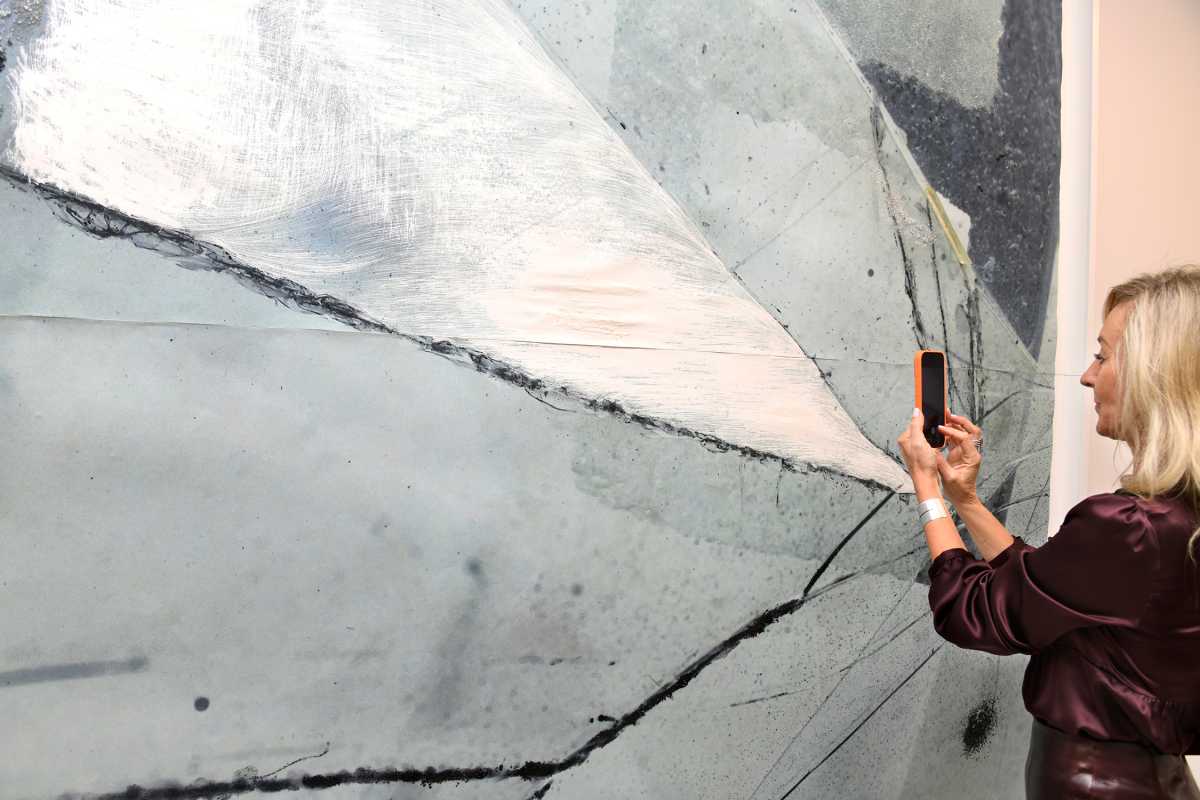
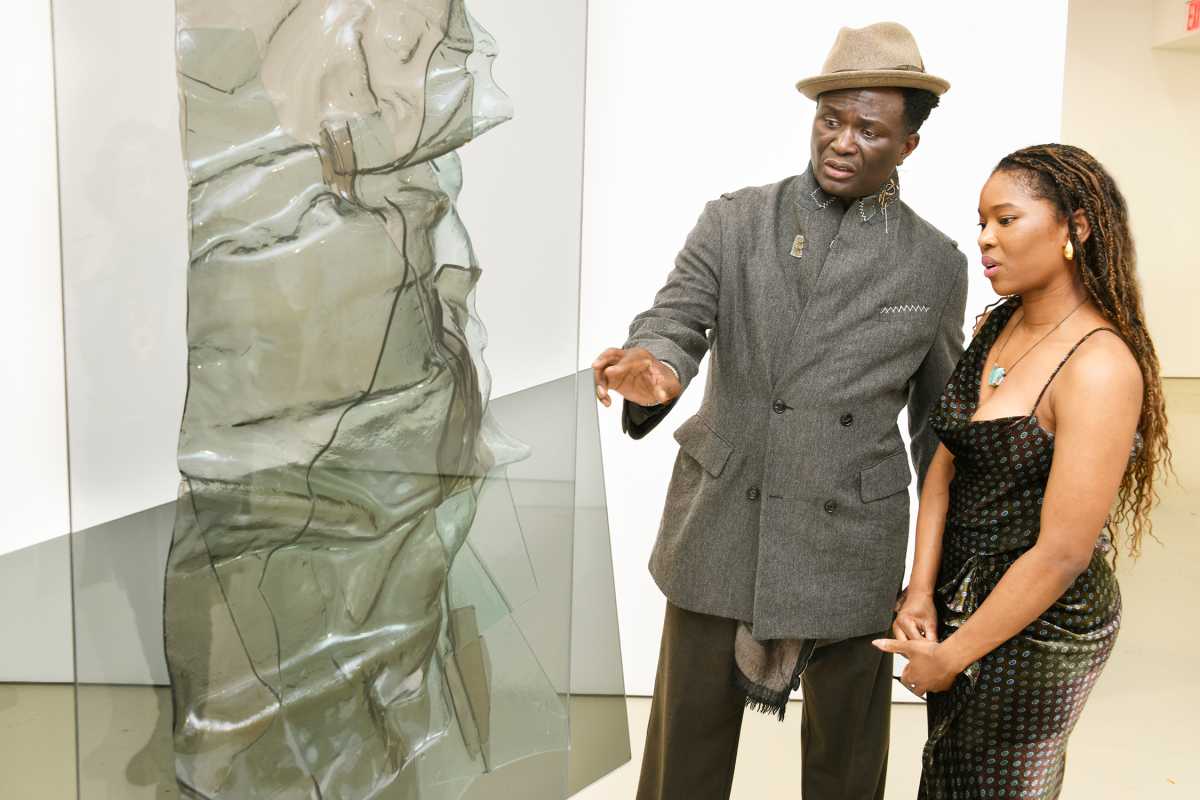


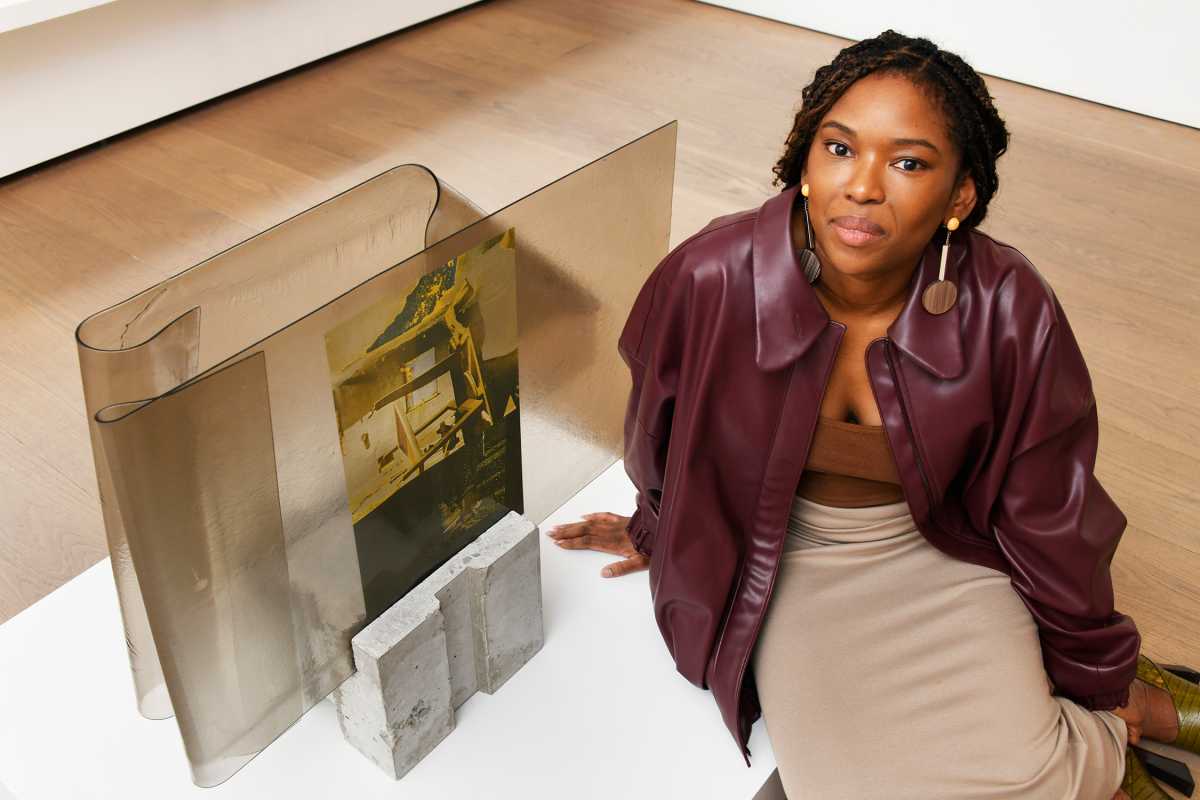
Weston’s ability to manipulate her materials quickly received the attention of art aficionados and gallery owners, including Jack Shainman.
“What especially draws me to Charisse’s work is the singular way she approaches her materials,” says Shainman. “Her manipulations are so nuanced, done with such elegance and intelligence. But even more so than that, I am compelled by her conceptual approach, which navigates complex and deeply personal themes in a uniquely subtle way. Everything is done with such intentionality and such skill.”
For Weston, the goal of her art is “for people to try to sit with some of the questions that are being asked within the work. I know that some people think that art should tell us something or reveal something. I think that our job is to pose and present questions that cannot be asked any other way.”
“Even though this work is very much about thinking about blackness”, she explains, “I think that thinking about blackness is relevant to everyone, especially in this country. I hope that everyone will try to engage, but certain elements in the works are being removed… you can’t see them. Not everyone will entirely grasp it. That is how interiority works- we can never know someone else’s interior completely, and that’s okay.”
Charisse Pearlina Weston’s solo show “mis-/mé-(squeeze)” at the Jack Shainman Gallery, 513 West 20th St., runs through Dec. 20. Additional information is available at jackshainman.com and at charisseweston.com.








